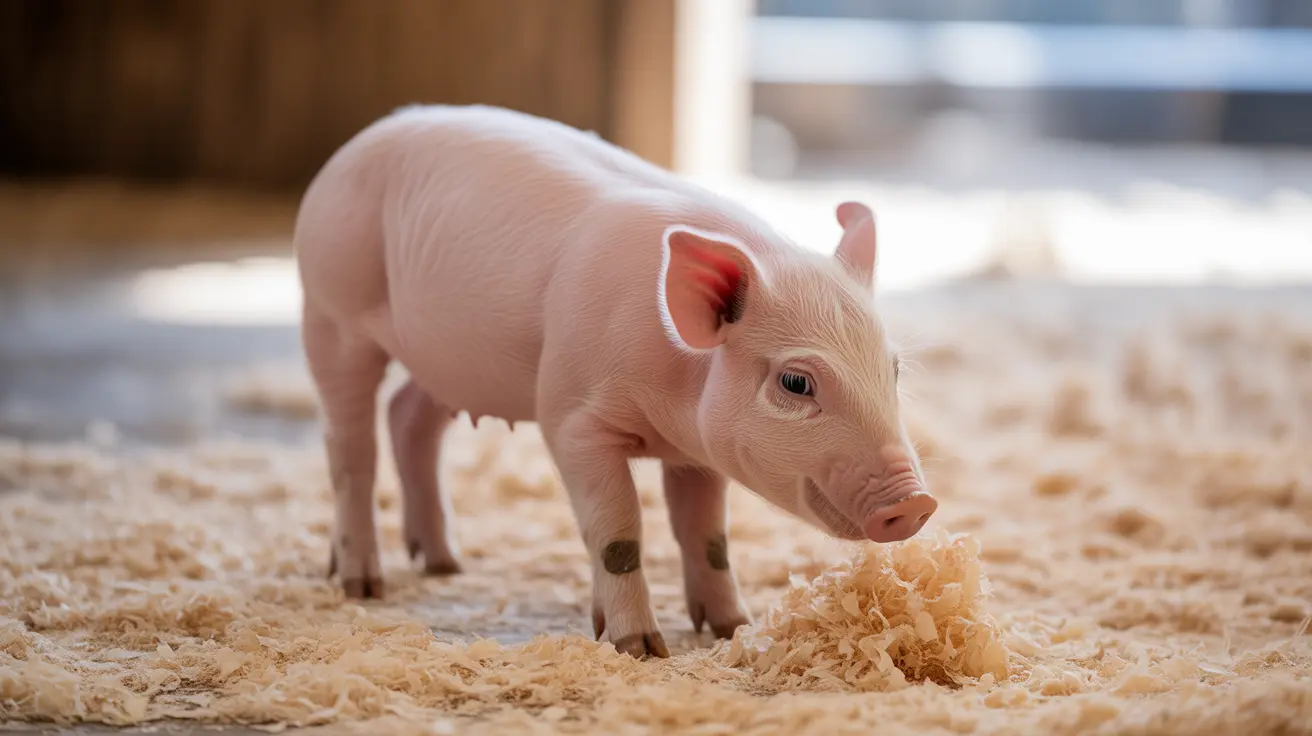Do Dogs Actually Taste Their Food?
Dogs are known for their voracious appetites and seemingly indiscriminate eating habits, which might make some pet owners wonder:
do dogs actually taste their food? The answer is yes, dogs do have a sense of taste. However, their taste experience is not identical to that of humans. Their preferences and food choices are shaped by a combination of
taste buds, smell, and food texture. Here's a closer look at how dogs taste food and what influences their food preferences.
How Dogs Taste
Dogs possess taste buds just like humans, but in fewer numbers. While humans have around 9,000 taste buds, dogs have approximately 1,700. These taste buds are located on the tongue, the roof of the mouth, and even the back of the throat.
Each taste bud in a dog can detect the basic taste categories if strong enough, including:
In addition, dogs have unique taste buds for detecting
water, located at the tip of the tongue. These become more sensitive after eating salty or sugary foods, encouraging rehydration and better fluid balance.
Taste Bud Sensitivities
Different regions of a dog’s tongue display varying levels of sensitivity:
- Sweet and salty flavors are detected primarily at the front of the tongue.
- Bitter and sour notes register more at the back, often acting as signals of spoilage or toxins.
This distribution helps dogs make quick food judgments needed for survival, such as avoiding harmful substances.
Smell: A Crucial Companion to Taste
One of the most important elements of a dog’s food experience is
smell. Dogs have an exceptional sense of smell, which greatly enhances their perception of taste. A special organ located along the roof of their mouth enables a form of tasting through scent.
While humans rely more on flavor detected by taste buds, dogs use scent to determine if something is edible or enjoyable. Without a strong aroma, dogs may pass over even tasty foods. This explains why dogs might prefer wet food, which tends to be more aromatic, compared to dry kibble.
Evolutionary Preferences
Dogs' ancestors were carnivores, and this history has shaped their taste receptors. Dogs are naturally inclined to enjoy foods rich in
animal protein and fat. As a result, they are more responsive to umami, or “meaty,” flavors and textures common in meat-based diets.
What Dogs Like—and Avoid
Here’s a general guide to canine food preferences:
- Love: Sweet and meaty flavors, aromatic foods
- Neutral: Salty foods—dogs have evolved to not crave salt due to sufficient sodium in a natural diet
- Dislike: Bitter, sour, and spicy foods—flavors often hinting at spoilage or danger
Spicy foods, which contain capsaicin, don’t register flavor in dogs as they do in humans. Instead, dogs sense them as an
unpleasant burning sensation, making such foods unappealing and potentially irritating.
Texture and Mouthfeel
Taste isn’t the only factor that matters to dogs. They're sensitive to
texture and consistency. Many dogs prefer foods with a variety of textures—such as a mix of soft and crunchy elements—enhancing their mealtime experience. Palatability improves with foods that combine
good taste, smell, and texture.
Individual Preferences and Development
Dogs develop their ability to taste a few weeks after birth. Over time, both smell and taste capabilities may decline, especially in older dogs.
Several factors influence personal taste preferences:
- Early exposure to different foods during puppyhood
- Maternal diet during pregnancy
- Positive or negative associations with certain tastes or textures
Some dogs appreciate variety in their diets and may grow bored with the same food every day. Others, particularly those raised on a single type of food, may resist change.
Measuring a Dog’s Taste Preferences
Pet owners can observe a dog’s food preferences using simple methods:
- Offer food samples side-by-side
- Watch which food your dog approaches first
- Measure enthusiasm through sniffing, consuming, or tail-wagging
Changes in interest or avoidance could signal a dog's preference or even underlying health issues.
Feeding Guidelines and Safety
Despite their appetite for a variety of flavors, dogs should not eat everything humans consume. While they love sweets, only
pet-safe fruits (like strawberries and blueberries) should be offered in moderation. High sugar or salt intake can be detrimental. Similarly, avoid bitter or sour foods unless recommended by a vet.
Feeding your dog a
balanced, nutritious, and palatable diet is key to health and enjoyment. Choose foods with high-quality ingredients, compelling aromas, and the right textures for your dog’s size and age.
Conclusion
Yes, dogs do taste their food, but in a different, less refined way than humans. Their flavor perceptions are strongly influenced by
smell, texture, and evolutionary instincts. Understanding these preferences can help pet owners provide more enjoyable and healthier meals, ensuring better nutrition and satisfaction for their canine companions.





